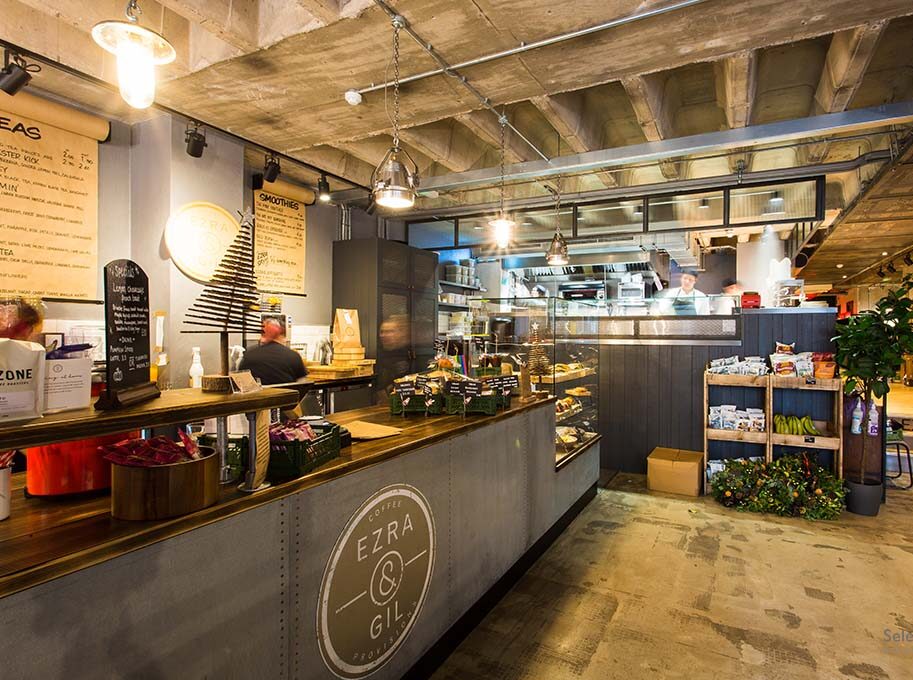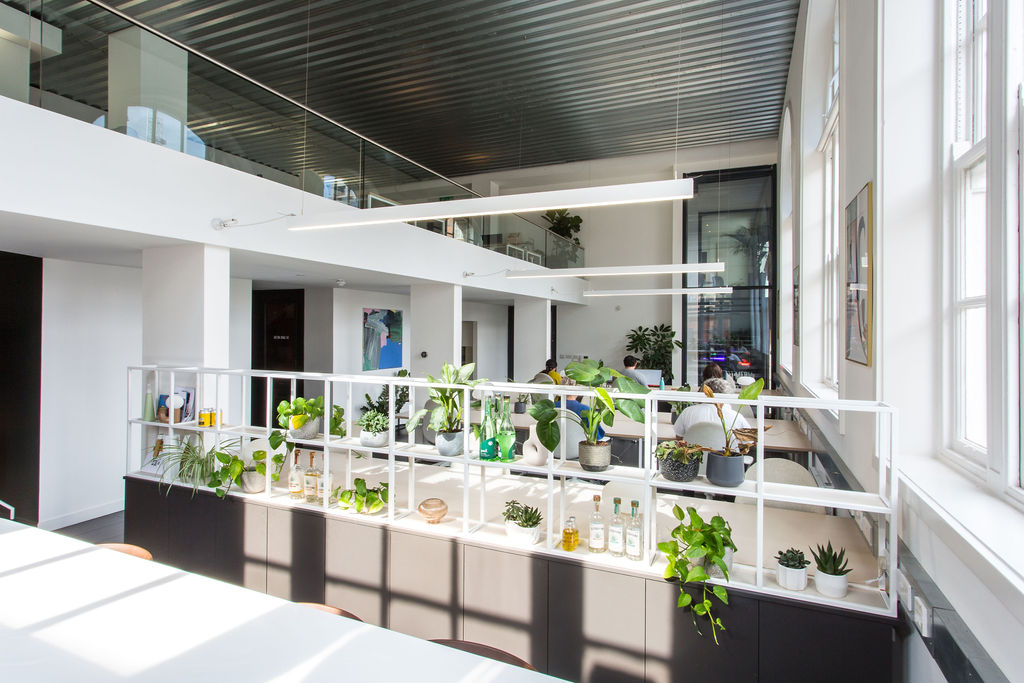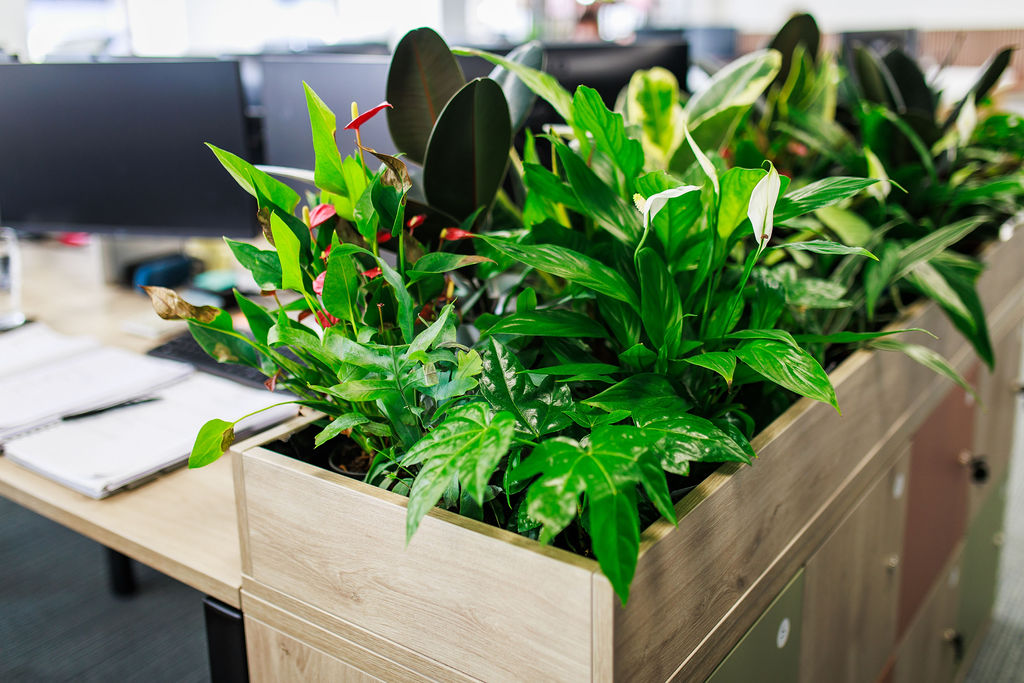Step into a world of sophistication and glamour as we delve into the captivating realm of Art Deco interior design. With its origins in the early 20th century, this timeless style continues to enchant and inspire with its sleek lines, geometric patterns, and luxurious materials. From the iconic Chrysler Building to the opulent interiors of The Great Gatsby, Art Deco has left an indelible mark on architecture and design.
In this blog, we will take a journey through the key elements of Art Deco and explore how they can add an air of elegance to your own home. We will uncover the secrets of creating the perfect balance between bold and refined, mixing rich colors, exotic woods, and sumptuous fabrics. Discover how to incorporate dazzling metal accents and statement accessories that bring an undeniable sense of opulence to any space.
Whether you are a fan of the roaring twenties or simply appreciate the allure of this iconic style, join us as we uncover the charms of Art Deco interior design and learn how to infuse your home with its timeless elegance.
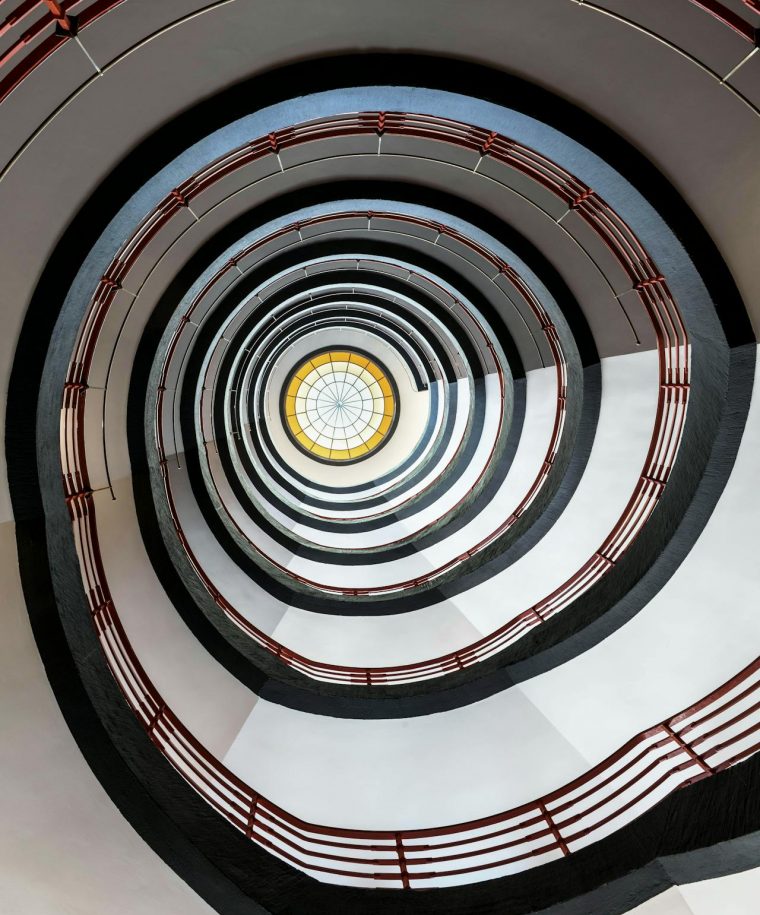
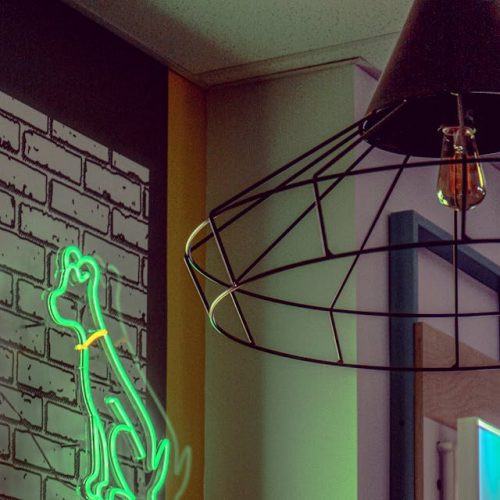
Characteristics of Art Deco Interior Design
Art Deco interior design is renowned for its distinctive characteristics that evoke a sense of luxury and sophistication. One of the most prominent features of this style is its embrace of geometric patterns. Bold shapes and angular lines dominate the aesthetic, creating a sense of rhythm and order within a space. These elements often manifest in wallpapers, textiles, and architectural details, providing a visual feast that draws the eye and invites exploration. The use of symmetry is another hallmark of Art Deco, lending a balanced quality to interiors that is both pleasing and harmonious.
Another key characteristic is the opulent use of materials. Art Deco interiors frequently incorporate rich woods, polished metals, and sumptuous fabrics like velvet and silk. These luxurious materials were not just favored for their beauty but also for their ability to convey a sense of wealth and status. Exotic materials, such as zebrawood or Macassar ebony, often found their way into furniture and detailing, further enhancing the allure of the space. This emphasis on high-quality, tactile materials helps create an environment that feels both indulgent and inviting.
Colour also plays a vital role in the characteristics of Art Deco design. While the palette can be diverse, it typically features rich, jewel tones like emerald green, sapphire blue, and ruby red, often contrasted with metallic accents in gold and silver. These bold colour choices are not randomly applied but are used deliberately to evoke emotion and drama within the space. The interplay of light and shadow created by these colours adds depth and intrigue, transforming even the simplest of rooms into a stage for glamour and elegance.
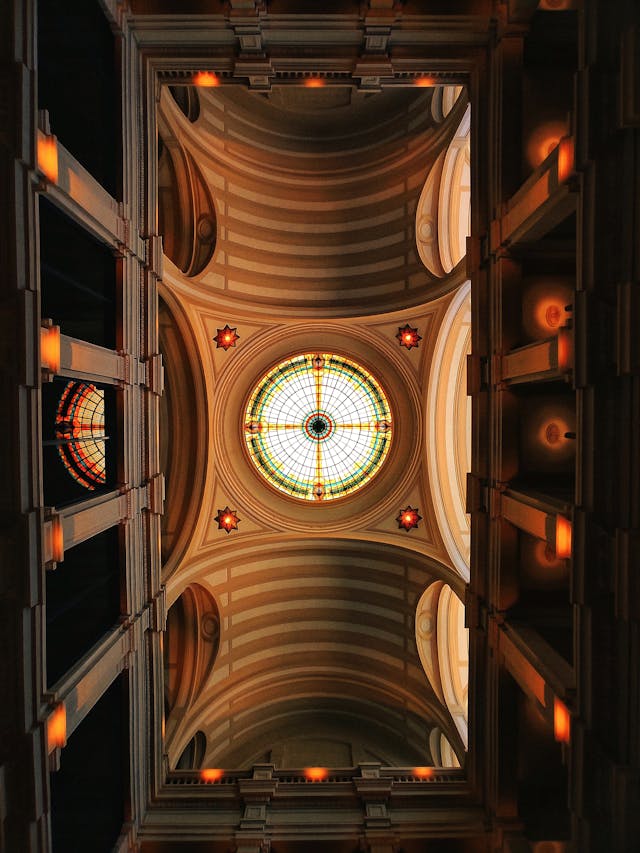
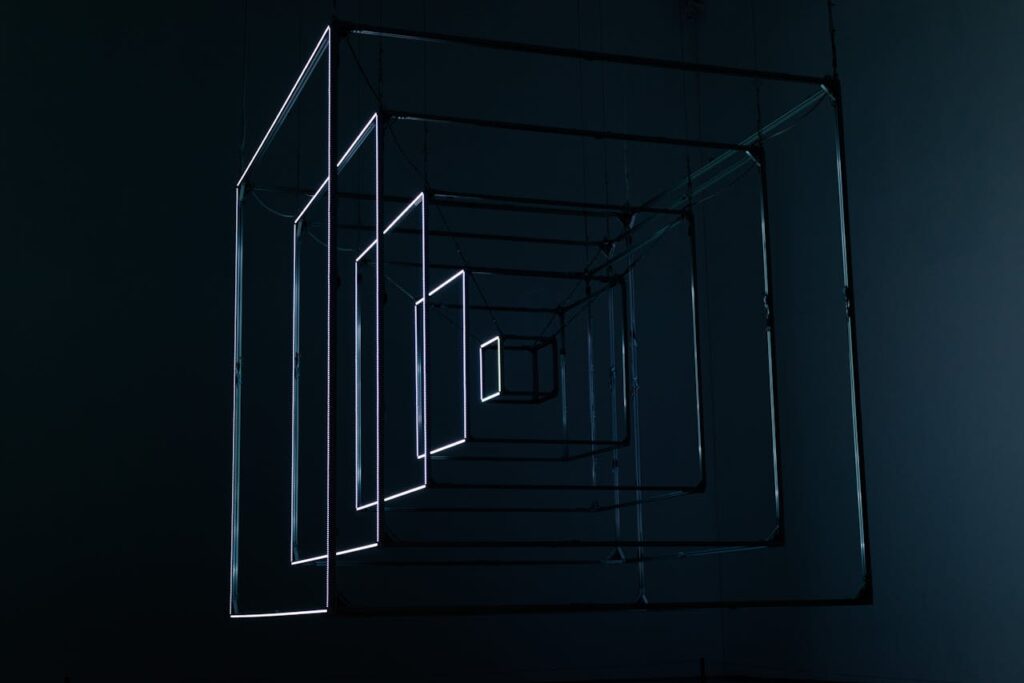
History of Art Deco Interior Design
The history of Art Deco interior design is a fascinating journey that begins in the early 20th century, amidst the backdrop of rapid industrialisation and cultural change. Emerging in the 1920s, the style was heavily influenced by various movements, including Cubism, Futurism, and the Bauhaus, all of which emphasised modernity and innovation. The 1925 Exposition Internationale des Arts Décoratifs et Industriels Modernes in Paris is widely regarded as the event that solidified Art Deco as a distinct style, showcasing the latest trends in decorative arts and architecture.
As the world recovered from the turmoil of World War I, a sense of optimism and exuberance permeated society. This spirit was reflected in the Art Deco movement, which celebrated progress, luxury, and the promise of a bright future. The design was characterised by a departure from the ornate styles of the past, embracing instead a streamlined aesthetic that was both modern and glamorous. Art Deco interiors became synonymous with the Roaring Twenties, as flappers danced in jazz clubs adorned with sleek furnishings and bold colors that mirrored their vibrant lifestyles.
By the 1930s, Art Deco had spread beyond France, influencing design across the globe. Iconic buildings such as the Chrysler Building and the Empire State Building in New York City showcased the architectural prowess of the style, while interior design echoed these influences in hotels, theaters, and private residences. The Great Depression, however, led to a decline in extravagance, and by the late 1940s, Art Deco began to fade from prominence, giving way to more minimalist approaches. Yet, the legacy of Art Deco endures, continually inspiring contemporary designers and enthusiasts alike, as its glamour and elegance remain timeless.
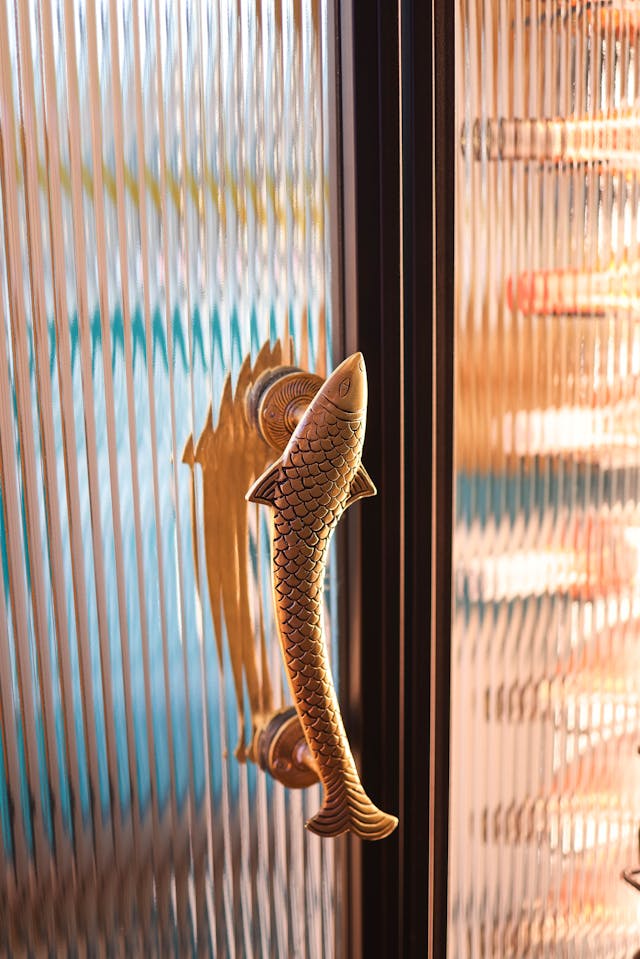

Famous Examples of Art Deco Design
Throughout history, several key examples of Art Deco interior design have become iconic representations of the style. One of the most renowned is the interior of the Chrysler Building in New York City. Completed in 1930, this skyscraper not only exemplifies Art Deco architecture but also showcases the opulent interiors that define the movement. The lobby features a stunning blend of polished marble, intricate metalwork, and exquisite murals that transport visitors back to the era of luxury and sophistication. The Chrysler Building remains a symbol of Art Deco grandeur, celebrated for its attention to detail and artistry.
Another famous example is the Café Society in New York, which served as a cultural hub during the 1920s and 1930s. The interiors of this establishment were adorned with bold colors, geometric patterns, and plush furnishings that reflected the lively atmosphere of the time. It became a gathering place for artists, musicians, and intellectuals, embodying the spirit of the Jazz Age. The Café Society’s design elements continue to inspire modern interpretations of Art Deco, demonstrating the style’s lasting impact on social and cultural spaces.
The interior of the iconic Empire State Building also deserves mention as a hallmark of Art Deco design. Opened in 1931, this architectural marvel features an artful blend of elegant materials and decorative motifs. The lobby showcases stunning murals, chrome accents, and rich marble finishes, creating a sense of grandeur that captivates all who enter. The Empire State Building’s design has influenced countless buildings and interior spaces around the world, cementing its status as an enduring symbol of Art Deco excellence.
Elements of Art Deco Interior Design
The elements of Art Deco interior design are diverse and intricately woven together to create the style’s distinctive look. One of the core elements is the use of geometry, which manifests in various forms, including chevrons, zigzags, and sunburst motifs. These geometric shapes can be found in everything from furniture and textiles to architectural details, adding a dynamic quality to the space. The repetition of these patterns contributes to a sense of rhythm, making Art Deco interiors visually engaging and captivating.
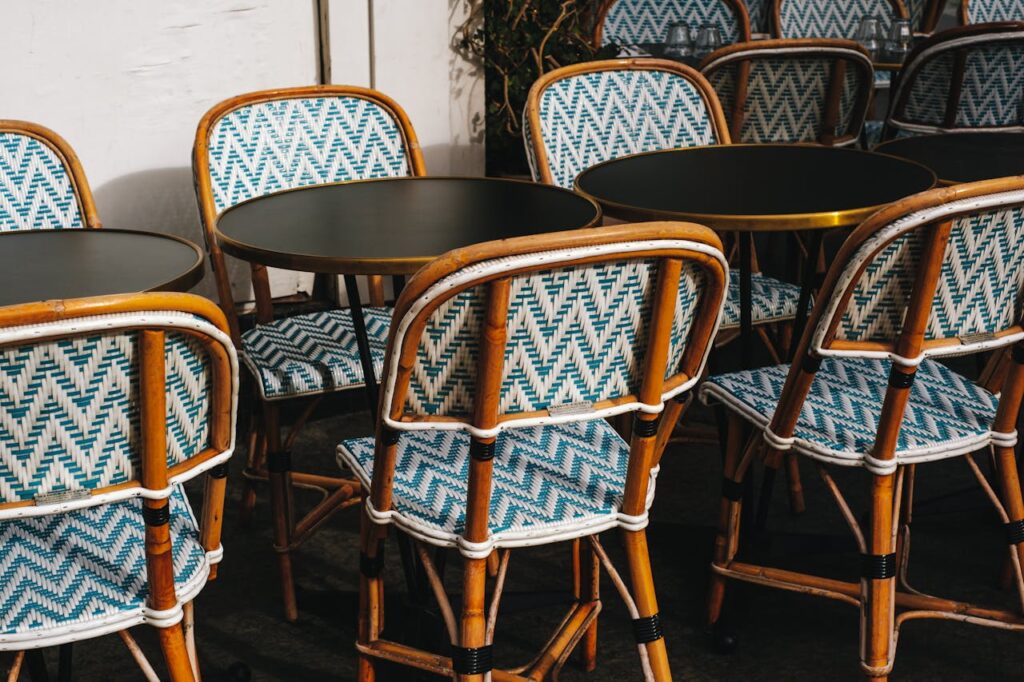
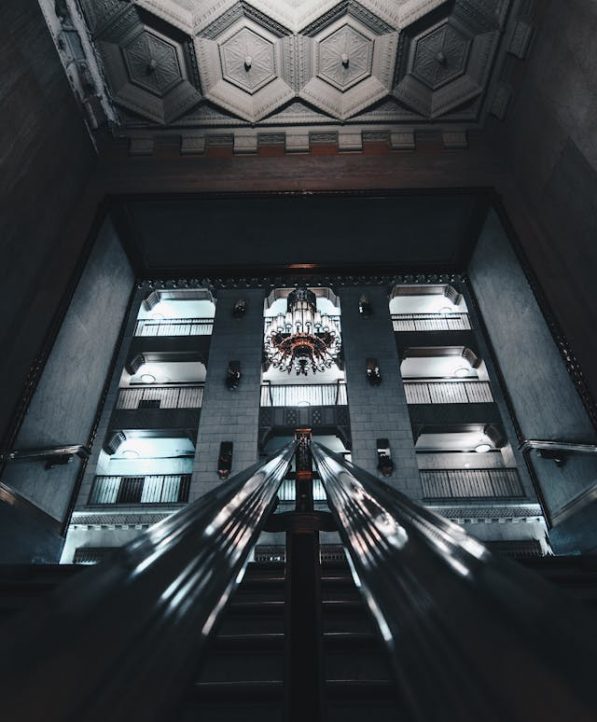
Another essential element is the incorporation of luxurious materials. Art Deco emphasises the use of high-quality finishes, such as polished wood, chrome, glass, and marble. These materials not only enhance the aesthetic appeal but also signify wealth and refinement. The combination of these textures creates a rich sensory experience, inviting touch and interaction. Additionally, the use of exotic materials like shagreen and mother-of-pearl adds an element of intrigue and sophistication, further elevating the overall design.
Lighting also plays a crucial role in Art Deco interiors, where fixtures are often bold and statement-making. Chandeliers and sconces with intricate detailing cast a warm glow that enhances the opulence of the space. These lighting elements are not merely functional but serve as focal points that draw attention and admiration. Art Deco lighting often features geometric designs and luxurious materials, reinforcing the style’s commitment to elegance and sophistication. Together, these elements create a cohesive and glamorous environment that embodies the spirit of the Art Deco movement.
Colour Palettes in Art Deco
The colour palettes in Art Deco interior design are characterised by bold, rich tones that exude sophistication and drama. Jewel tones such as emerald green, sapphire blue, and ruby red are commonly used to evoke a sense of luxury and grandeur. These vibrant colours can be incorporated into various elements of a room, from walls and upholstery to accessories and artwork. The strategic use of these hues creates a stunning visual impact, transforming spaces into glamorous retreats that reflect the opulence of the era.
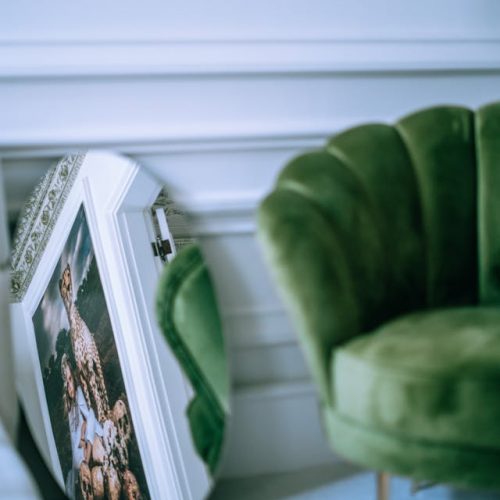
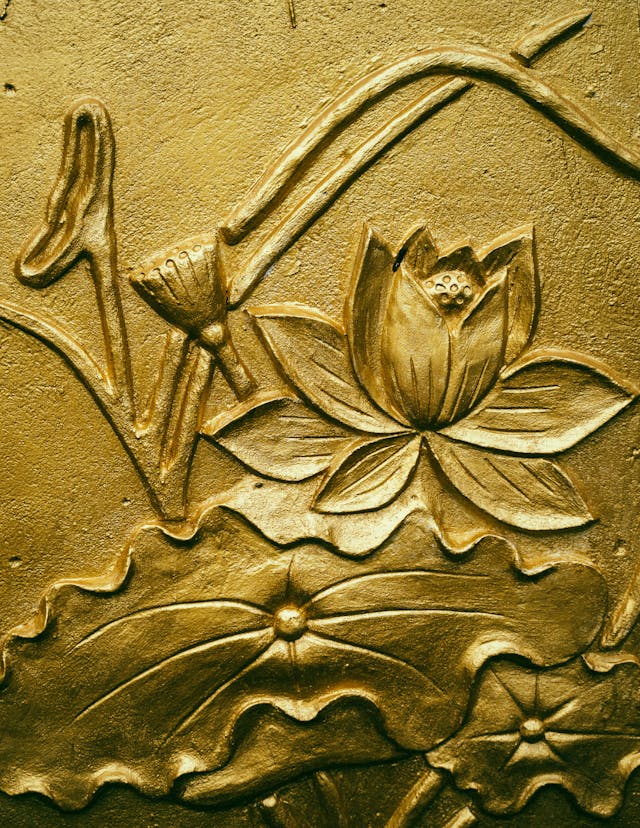
In contrast to the rich jewel tones, Art Deco design frequently employs metallic accents to enhance the overall aesthetic. Gold, silver, and chrome are often used in furnishings, fixtures, and decorative elements, providing a striking contrast to the deep colors. These metallic finishes catch the light, creating a sense of shimmer and elegance that elevates the space. The interplay between bold colours and metallic accents is a defining feature of Art Deco, allowing for a dynamic and visually intriguing environment.
Neutral tones also find their place in Art Deco colour palettes, often serving as a backdrop to highlight the more vibrant colours. Shades of cream, beige, and soft gray can create a sense of balance and harmony within the design. By using these neutral tones strategically, designers can ensure that the bolder colours do not overwhelm the space, allowing for a sophisticated and cohesive look. The thoughtful combination of rich colours, metallic accents, and neutral shades results in a palette that is both luxurious and inviting, embodying the essence of Art Deco design.
Furniture and Decor in Art Deco Interior Design
Furniture and decor in Art Deco interior design are meticulously crafted to reflect the style’s emphasis on luxury and elegance. One of the defining characteristics of Art Deco furniture is its clean lines and geometric shapes. Pieces are often designed with a streamlined silhouette, incorporating elements such as curved edges and angular forms that convey a sense of modernity. Materials like polished wood, leather, and chrome are commonly used, showcasing the craftsmanship and attention to detail that define the era.
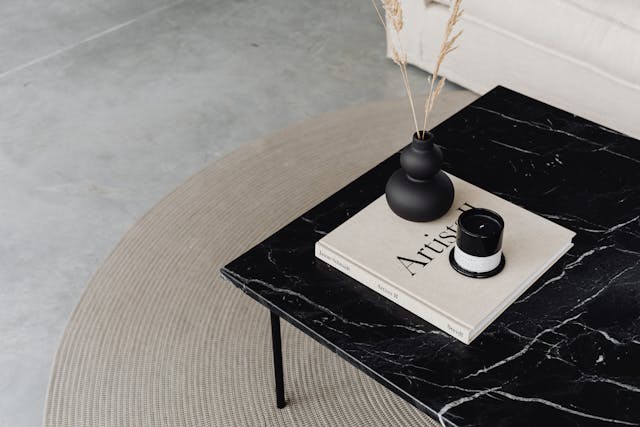
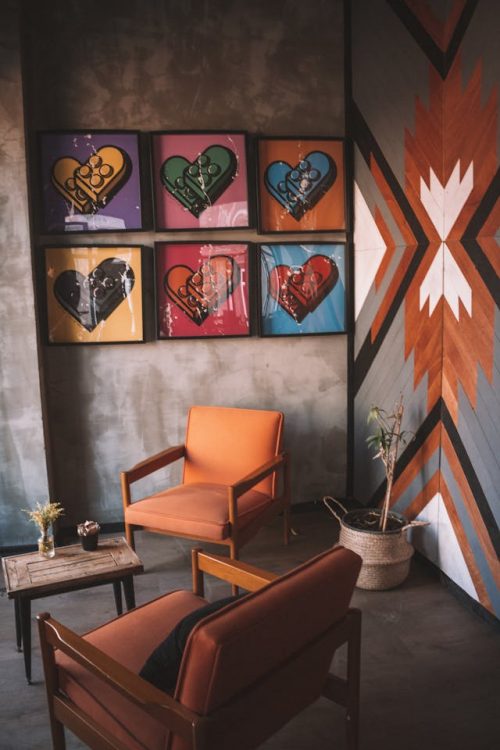
In addition to furniture, decor plays a significant role in achieving an authentic Art Deco look. Decorative accessories, such as vases, sculptures, and mirrors, often feature bold geometric patterns and luxurious finishes. These elements not only enhance the aesthetic appeal of the space but also serve as conversation starters, reflecting the personality and style of the homeowner. Art Deco decor frequently incorporates motifs inspired by nature, such as flowers and animals, reinterpreted in a stylised manner that adds a touch of whimsy to the overall design.
When selecting furniture and decor for an Art Deco-inspired space, it is essential to focus on statement pieces that stand out and make an impact. A grand chandelier, an intricately designed coffee table, or a plush velvet sofa can serve as focal points that anchor the design. Additionally, layering textures through the use of rugs, cushions, and throws can add depth and warmth to the space, creating an inviting atmosphere that reflects the glamour of the Art Deco movement. By curating a collection of carefully chosen furniture and decor, you can create a cohesive and sophisticated interior that embodies the timeless elegance of Art Deco design.
Incorporating Art Deco Elements into Modern Interiors
Incorporating Art Deco elements into modern interiors is an exciting way to blend historical elegance with contemporary design sensibilities. One effective approach is to select key pieces that embody the Art Deco aesthetic, such as a vintage chandelier or a geometric-patterned rug. These statement pieces can serve as focal points within a modern space, adding a touch of glamour without overwhelming the overall design. By carefully curating these elements, homeowners can create a harmonious balance between the old and the new.
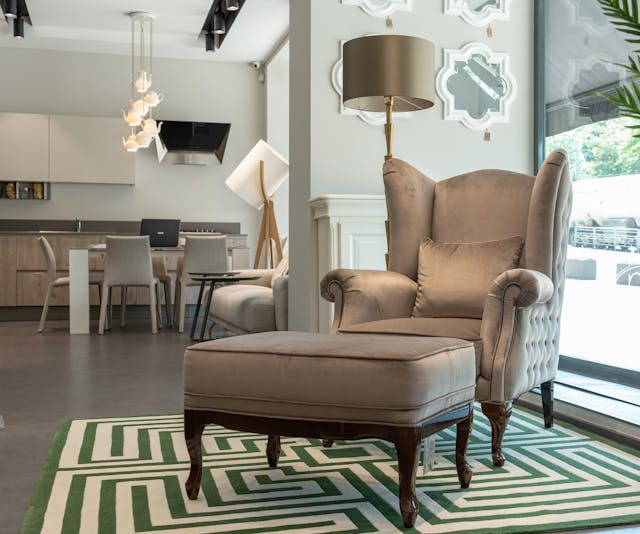
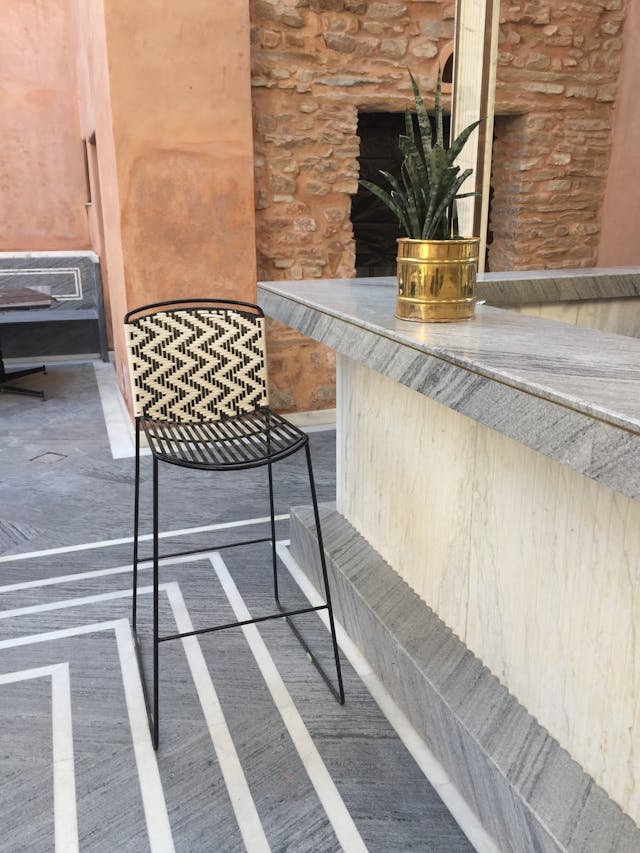
Another way to integrate Art Deco influences is through the use of colour palettes that reflect the style’s rich and bold tones. Modern interiors can benefit from the dramatic impact of jewel tones, which can be introduced through accent walls, upholstery, or decorative accessories. Pairing these vibrant colours with sleek, minimalist furnishings creates a striking contrast that honors the Art Deco legacy while remaining grounded in contemporary design. The key is to maintain a sense of cohesion, ensuring that the Art Deco elements enhance rather than dominate the space.
Texture is also an important aspect of blending Art Deco with modern interiors. Incorporating luxurious materials like velvet, brass, and marble can elevate the design and create a sense of sophistication. Mixing these textures with modern finishes, such as glass and metal, results in a dynamic environment that feels both timeless and relevant. Additionally, using geometric patterns in textiles or wall art can evoke the Art Deco spirit while complementing modern design principles. By thoughtfully combining these elements, designers can achieve a stylish and inviting interior that pays homage to the elegance of Art Deco while embracing the simplicity of contemporary aesthetics.
As we journeyed through the enchanting world of Art Deco interior design, we discovered its captivating characteristics, rich history, and timeless allure. From its bold geometric patterns to the luxurious materials that define its aesthetic, Art Deco continues to inspire and fascinate designers. The elegance of this style transcends time, allowing it to remain relevant in modern interiors while maintaining its distinct identity.
Incorporating Art Deco elements into your design can transform your space into a haven of sophistication and glamour. By carefully selecting furniture pieces, colour palettes, and decorative accents that embody the spirit of the era, you can create a harmonious and inviting environment that celebrates the beauty of Art Deco design. Whether you choose to embrace the full aesthetic or simply infuse a few key elements, the result will be a space that resonates with elegance and charm.
Ultimately, Art Deco interior design serves as a reminder of the beauty that can be achieved when artistry and craftsmanship come together. Its legacy lives on, inspiring new generations to appreciate the timeless elegance that defines this iconic style. As you embark on your own design journey, may you find inspiration in the rich history and captivating details of Art Deco, creating a design that reflects your unique taste and appreciation for the finer things in life.
Contact us today to discuss your next interior design or interior fit out project in Manchester or across the UK.

